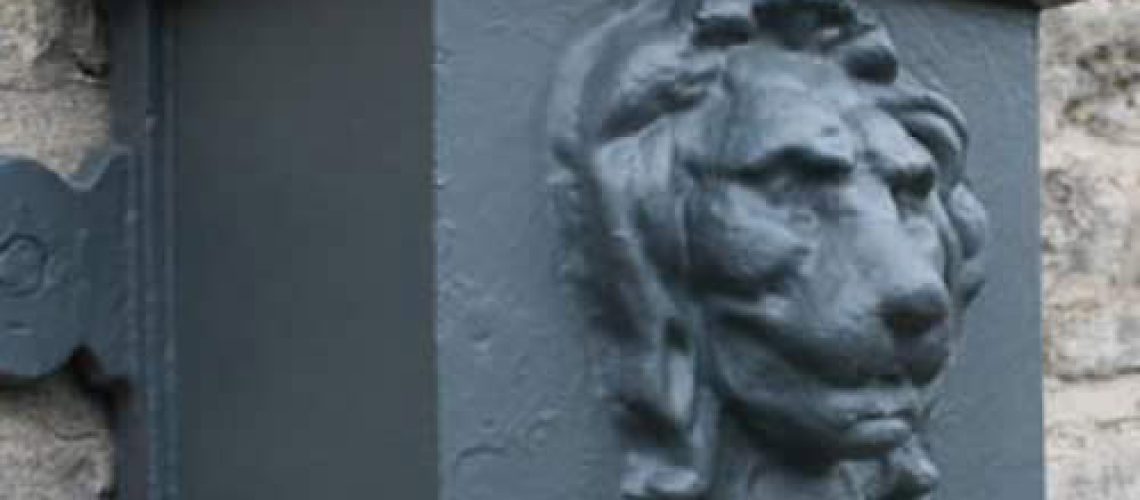


Budgets for self-builds and renovations more often than not run dry by the time it comes to looking at the building’s rainwater system. This common mistake of neglecting the rainwater disposal can not only lead to structural deterioration especially with old buildings but is also a missed architectural opportunity to add value to a building.
Hopper heads, or rainwater heads as they are more commonly known, can be a decorative architectural feature and often an indication of the building’s age. During the Victorian and Edwardian times cast iron hopper heads were used as an ornate feature to add character and intricate architectural detail to buildings as well as providing an effective way of collecting rainwater.
Hopper heads have also been a traditional way of putting a stamp on a property by displaying either a date, coat of arms, an emblem or initials.
Therefore if a property has a cast iron hopper head it is important that it is preserved as an important piece of our heritage. When a hopper head has suffered weather damage and has rusted, it is possible for it to be shot blasted right back to the bare metal and then repainted. Shot blasting is a skilled job and should only be carried out by a professional foundry as to stronger pressure can cause fractures and the cast iron will crack. It is advisable to take note of the colour of the old paint before the hopper head is shot blasted so it can be restored back to its original colour.
Where there is only one surviving hopper head cast iron foundries can replicate the original to produce a matching pair. This skilled process is achieved by hand carving the decorative pattern onto wood supported by a rigid framework and then pouring resin into the carving. Once the resin is hard it is taken off to produce an exact cast into which the molten iron is then poured to produce an exact replica hopper head.
Of course it’s not only older buildings that have exclusive rights to this architectural external detail. There is a variety of decorative reproduction cast iron hopper heads available that can add aesthetic value to new self builds or renovations. Bespoke hopper heads that display the property owner initials, or the date of the building put an individual stamp on a building as well as continuing the tradition of using hopper heads as a historical marker. Hopper heads can also add character and a unique silhouette to a building, especially when accompanied by other ornate castings like gargoyles or decorative ear bands.
Once the hopper heads are installed it is easy to forget about them but they do require regular inspection to remove leaves and to look out for signs of rust, especially historical hopper heads that need preserving. Any signs of rust should be cleaned and repainted to prevent any further deterioration. The external appearance of a property can be greatly improved upon by regular maintenance of rainwater goods. Failed sections ideally should be replaced with the same material and shape to retain the building’s character, it is not always necessary to install a whole new rainwater system.
There are a number of organisations that offer helpful advice on preserving or replacing original rainwater goods. Contact your Local Authority or a conservation trust such as The Victorian Society or SPAB (The Society for the Protection of Ancient Buildings).